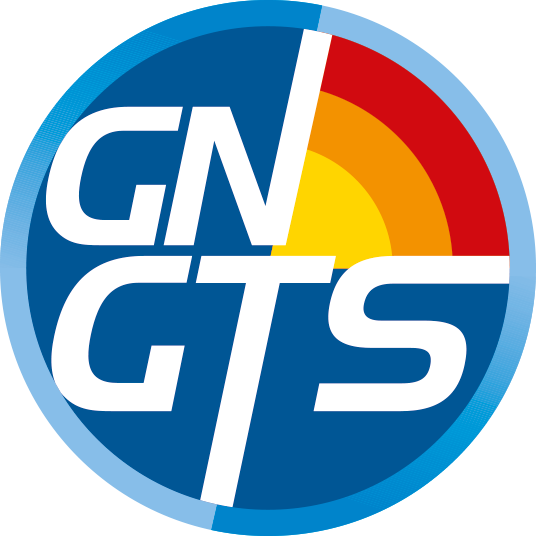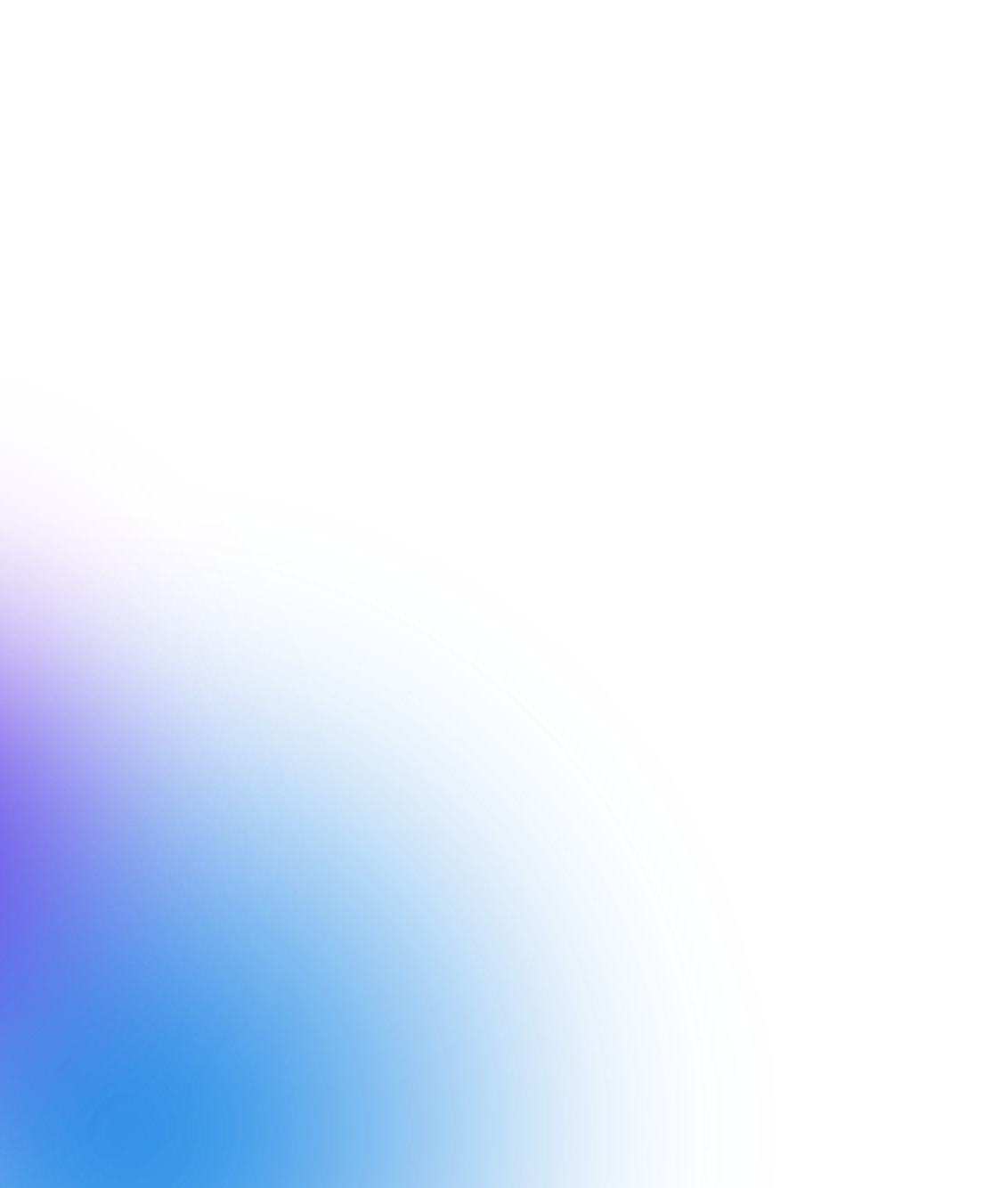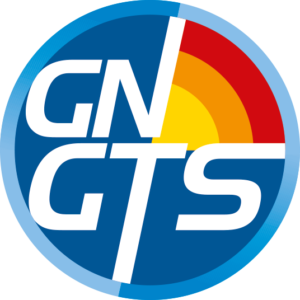SEISMICITY, VOLCANOES, DATA AND MODELS
Session 1.1
Recent advances in the study of earthquakes, faults and seismogenic processes in natural and experimental faults
Convenors of the session:
Paolo Galli (DPC) – paolo.galli@protezionecivile.it
Massimo Cocco (INGV) – massimo.cocco@ingv.it
Luisa Valoroso (INGV) – luisa.valoroso@ingv.it
(Click here for the 1.1 abstract – PDF version)
The goal of this session is to present and discuss recent advances in earthquake and fault mechanics through observations, multidisciplinary data, and modeling of natural and experimental faults.
We encourage the submission of contributions on the following topics:
- Investigations of the Quaternary and structural background of active faults
- Paleoseismology and archaeoseismology
- Insights of the 2023 Kahramanmaraş (Turkey) and High Atlas Mts. (Morocco) earthquakes
- Characterization of capable faults for seismic microzonation studies, in tectonic and volcanic settings
- Revisions of historical and instrumental earthquakes and catalogues
- Case histories of instrumental and historical seismic sequences
- Advanced earthquake location methods, both for research and monitoring purposes
- GPS and InSAR data for the evaluation of inter-, post- and co-seismic deformation
- Source modelling through the inversion of seismic, geodetic and/or other multidisciplinary datasets
- Multidisciplinary, multiscale geophysical imaging for seismotectonic studies
- 3D modelling for seismotectonics
- Insights into the mechanics of earthquake and faulting form from numerical modeling and laboratory experiments
- Rocks rheology and role of fluids in the seismogenesis: from laboratory experiments to the Earth crust
Session 1.2
Volcanoes and geothermal fields
Convenors of the session:
Mimmo Palano (INGV) – mimmo.palano@ingv.it
Francesca Forni (UniMI) – francesca.forni@unimi.it
(Click here for the 1.2 abstract – PDF version)
- Geophysical imaging
- Geochemical features
- Petrological data and analysis
- Field observations
- Remote sensing observation
- Geodetic data
- Hyperspectral imaging
- Volcanic unrest
- Effusive/explosive activity
- Models and inversion techniques
- Monitoring
- Hazard
Volcanoes and geothermal fields are the best-known natural expression of the Earth’s internal heat, which is mainly caused by the radioactive decay of isotopes in the mantle and the crust. The volcanic activity has played a fundamental role in the Earth’s atmosphere and life development and represents the most important source of geothermal energy. Most of our current knowledge about volcanoes and geothermal fields comes from geological, petrological, geochemical and geophysical data and observations mainly collected in the last decades. All these data, along with extensive analysis and modelling, have provided useful information about the structure and geometry of magma storage in the crust and transfer of magmas and geothermal fluids in volcanic or geothermal areas.
Contributes including both observational and theoretical studies as well as summarizing the state-of-the-art and new research directions are also welcome. Moreover, contributes focusing on the ongoing crisis at the Phlegraean Fields are of relevant interest.
Volcanic unrest: meaning, mechanisms and monitoring data
Communications of:
Cinzia Federico (INGV-PA) – cinzia.federico@ingv.it
Anna Tramelli (INGV-OV) – anna.tramelli@ingv.it
Eleonora Rivalta (UniBO) – eleonora.rivalta@unibo.it
Session 1.3
Physical models for the Solid Earth and integration between modeling and data of different nature
Convenors of the session:
Anna Maria Marotta (UniMI) – anna.maria.marotta@unimi.it
Carla Braitenberg (UniTS) – berg@units.it
Barbara Orecchio (UniME) – barbara.orecchio@unime.it
(Click here for the 1.3 abstract – PDF version)
Contributions recommended for this session:
- Forward and inverse physical models of Solid Earth processes at different wavelengths and time scales
- Surface tectonic deformation
- Post glacial rebound
- Mantle dynamics
- Relative Sea level change
- Earthquakes and the internal structure of the Earth
- Techniques and quantitative methods for analyzing large amounts of geophysical data of different nature and at very high resolution, both terrestrial and satellite (eg. GNSS, SAR, Gravitational, Seismological, Magnetometric, thermal)
- Rheological characterization of the crust and mantle
- Numerical models of geomagnetic anomalies
- Shape and size of the Earth
- Earth’s gravitational field
- Numerical modeling of Gravimetric Anomalies
- Observation of the Earth from Space – GNSS, InSAR
- Surface geodetic deformation
- Integrated analyses between physical modeling and data (natural, experimental and observational from satellite)
- Interactions between Solid Earth processes and the Hydrosphere and the Atmosphere
- Planetology studies regarding the internal physical processes occurring on planets, both internal and external to the solar system, are also welcome


